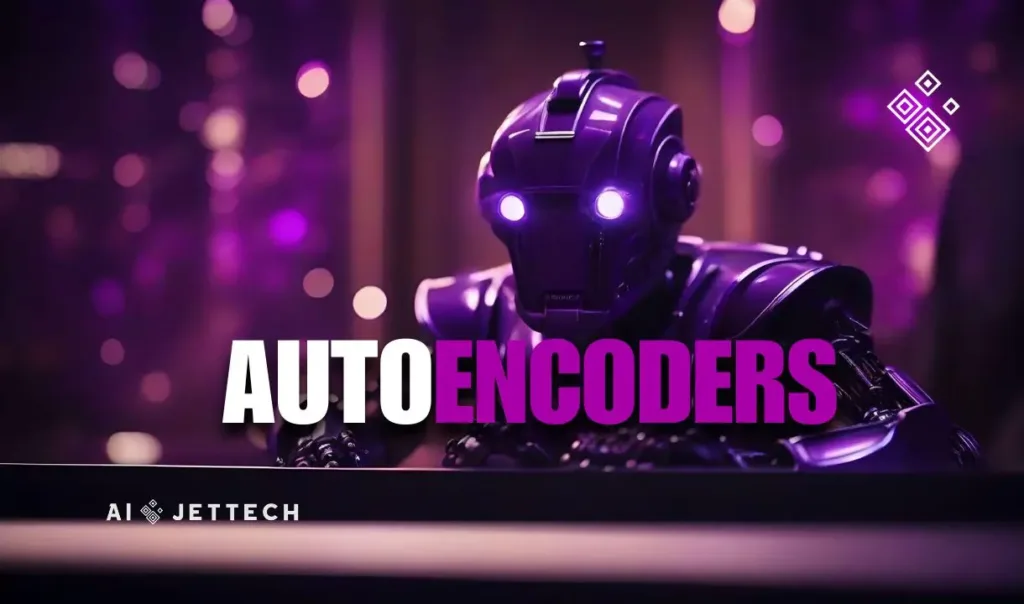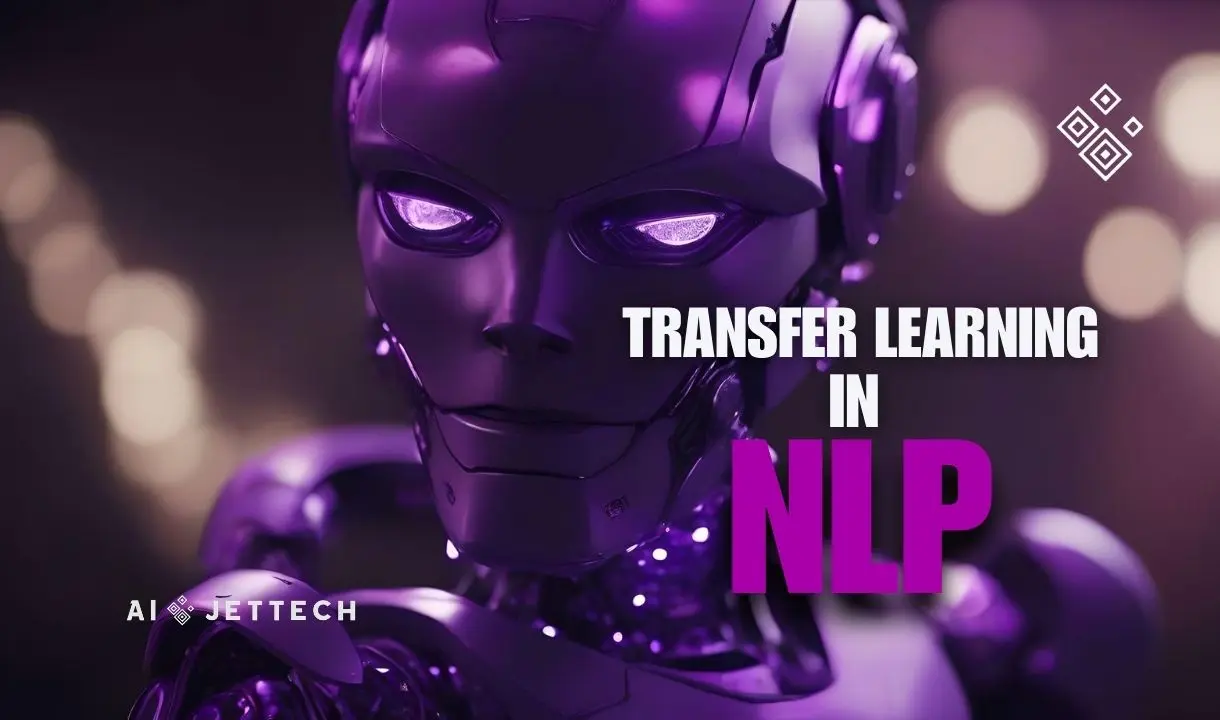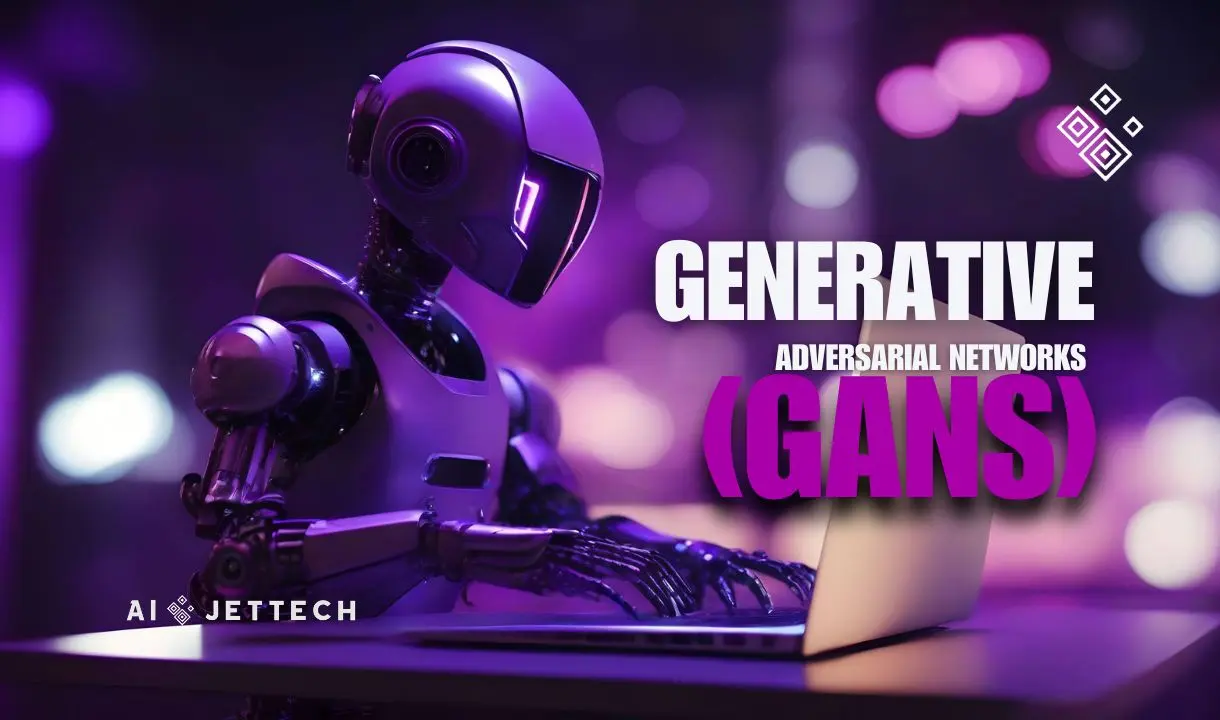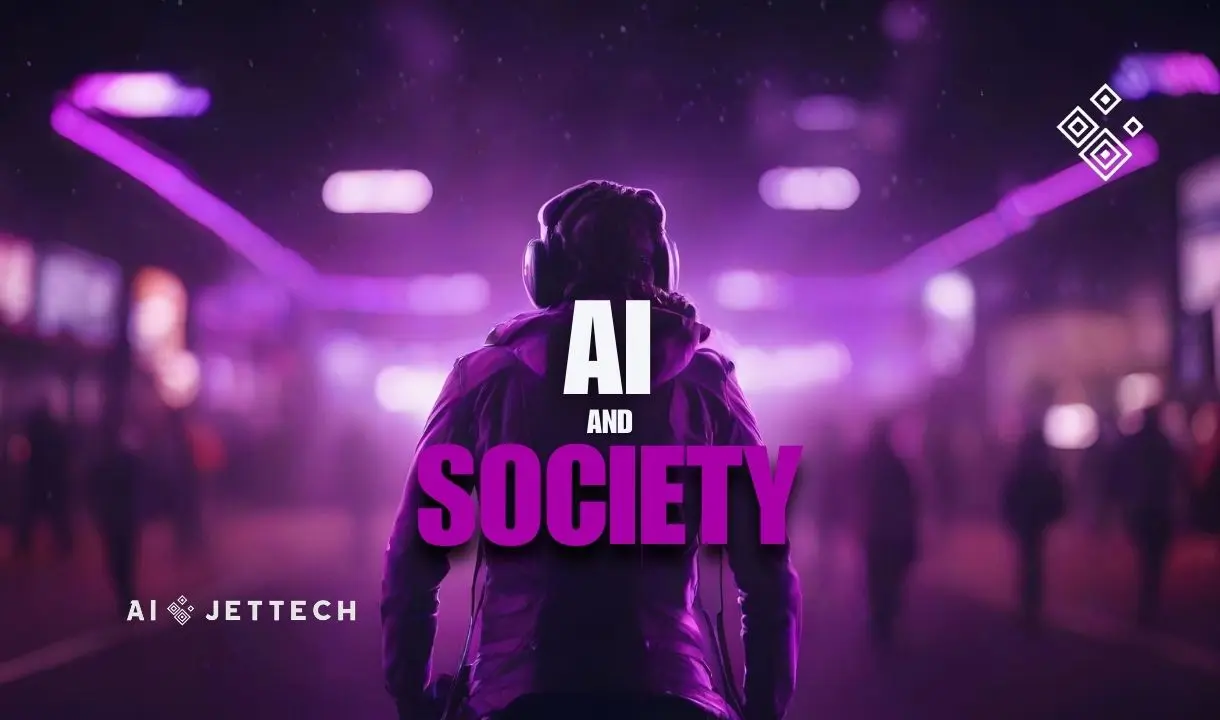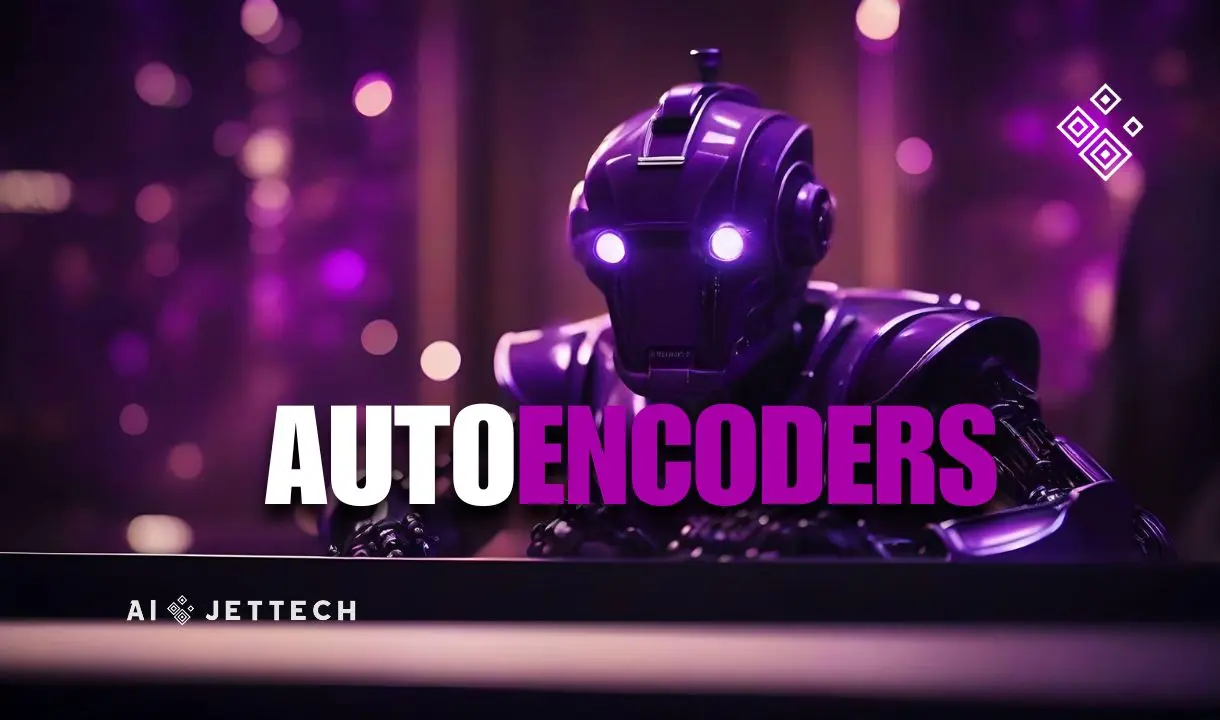What is Autoencoders?
Autoencoders, a fascinating subset of neural networks, serve as a bridge between the input and a reconstructed output, operating under the principle of data encoding and decoding. At their core, these models are designed to learn efficient representations of data, often for the purpose of dimensionality reduction or feature learning.
Basics of Autoencoders
Imagine an autoencoder as a craftsman, meticulously carving a block of wood, only to later assemble the shavings back into its original form. This process involves two primary components: the encoder and the decoder. The encoder compresses the input into a lower-dimensional code, while the decoder attempts to reconstruct the input from this compressed code. The beauty of this process lies in the autoencoder’s ability to learn the most salient features of the data, making it an invaluable tool in unsupervised learning.
Applications in Data Compression
In the realm of data compression, autoencoders shine by enabling more efficient storage and transmission of data. By learning to distill the essence of data into a more compact representation, autoencoders can significantly reduce the size of data without losing critical information. This makes them particularly useful in scenarios where bandwidth is limited or storage is costly.
The Sentinel: Anomaly Detection
Equally compelling is the role of autoencoders in anomaly detection. By training on a dataset of “normal” behavior, autoencoders develop a sense of what constitutes typical data. When presented with new data, they can then discern whether it deviates significantly from the norm. This deviation is often indicative of an anomaly, making autoencoders a critical tool in identifying fraudulent transactions, network intrusions, or malfunctioning equipment.
What are Autoencoders in short?
Autoencoders are powerful neural network models that learn to encode input data into a compact representation and then decode it back, serving various purposes such as dimensionality reduction, feature learning, data compression, and anomaly detection.
Autoencoders Example
Consider a scenario where an online retailer uses an autoencoder to compress images of its product catalog. By doing this, they can store and transmit these images more efficiently, without significant loss in quality. This not only reduces storage costs but also improves the user experience by enabling faster loading times.
The Symphony of Autoencoders
The journey through the landscape of autoencoders reveals a tool of remarkable versatility and power. From condensing the vastness of data into manageable parcels to standing guard against the anomalies that lurk within, autoencoders offer a lens through which the complexities of data can be both simplified and understood. As we delve deeper into the world of neural networks, the knowledge of autoencoders equips us with a nuanced understanding of how data can be transformed, analyzed, and protected, paving the way for innovations that stretch the boundaries of what is possible.
Try it yourself : Experiment with autoencoders in a simple Python project, focusing on a dataset of your choice to understand how they can reduce dimensionality or detect anomalies.
“If you have any questions or recommendations concerning this course, please not hesitate to contact us or leave a comment below. We’d love to hear from you! 🚀💡”

